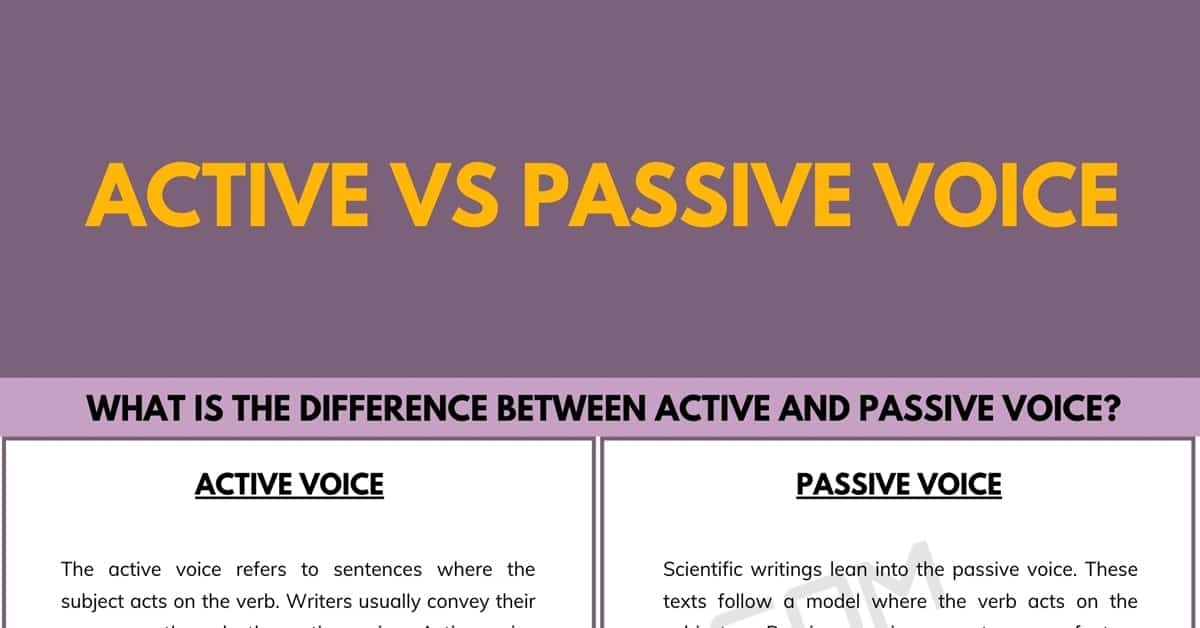When it comes to writing, understanding the difference between active and passive voice is crucial. Both forms of writing have their own benefits and purposes, and knowing when to use each can greatly enhance the clarity and effectiveness of your communication.
Active voice is a type of sentence or clause in which the subject performs the action of the verb. It is direct, concise, and typically more engaging for the reader. Passive voice, on the other hand, is a type of sentence or clause in which the subject receives the action of the verb. It can sometimes be more appropriate for certain contexts, but it is generally seen as less clear and less engaging than active voice.
Active vs Passive Voice Definition
Active voice is considered the standard form of writing in English. In active voice sentences, the subject is the doer of the action, while in passive voice sentences, the subject is the recipient of the action. For example, in active voice, “The cat chased the mouse,” the subject (cat) is performing the action (chasing). In passive voice, “The mouse was chased by the cat,” the subject (mouse) is receiving the action (chased).
Using active voice in your writing can make your sentences more dynamic and engaging. It also tends to be more straightforward and easier to understand. Passive voice, on the other hand, can be useful in certain situations where the emphasis is on the action rather than the doer. However, overusing passive voice can make your writing sound dull and less engaging.
One way to identify passive voice in your writing is to look for forms of the verb “to be” (e.g., is, was, were) followed by a past participle. If you find these constructions, consider rewriting the sentence in active voice to make it clearer and more direct. For example, instead of saying “The report was written by the team,” you could say “The team wrote the report.”
In conclusion, understanding the difference between active and passive voice is essential for effective communication. While passive voice has its place in certain contexts, active voice is generally preferred for its clarity and engagement. By being mindful of how you use these two forms of writing, you can improve the impact and effectiveness of your writing.
